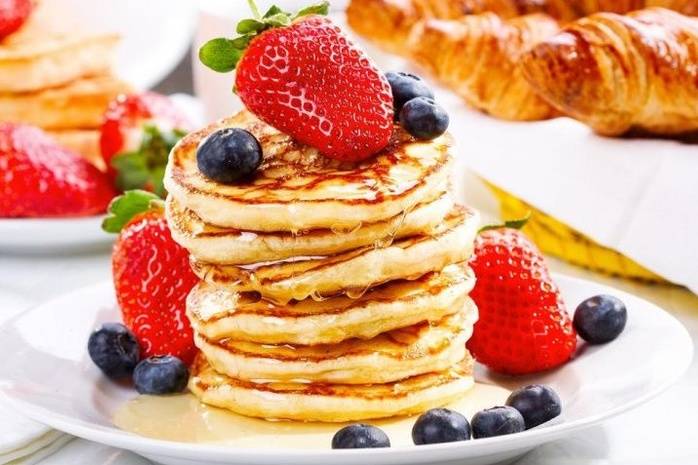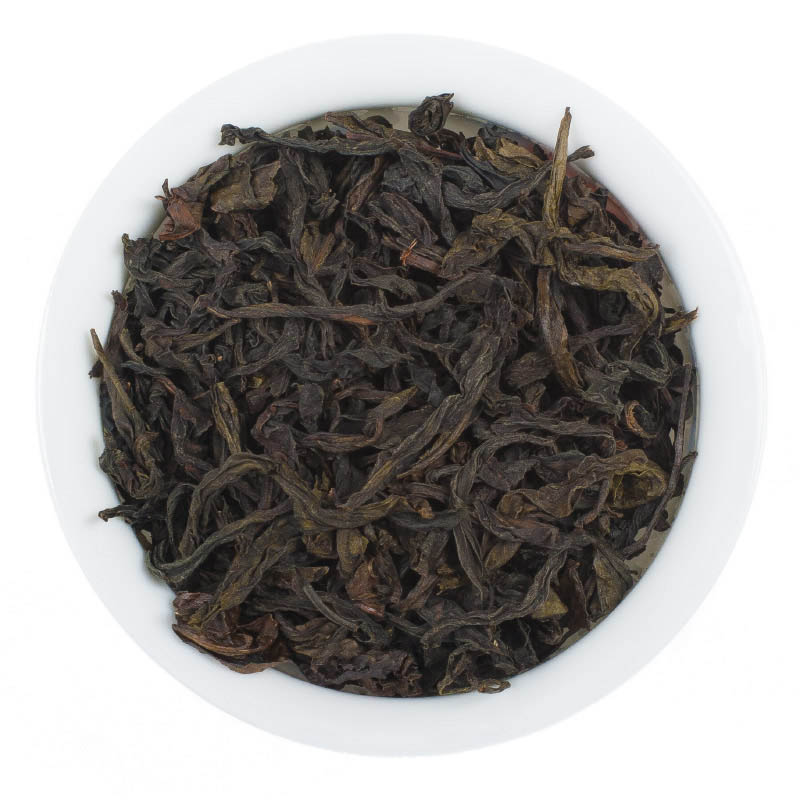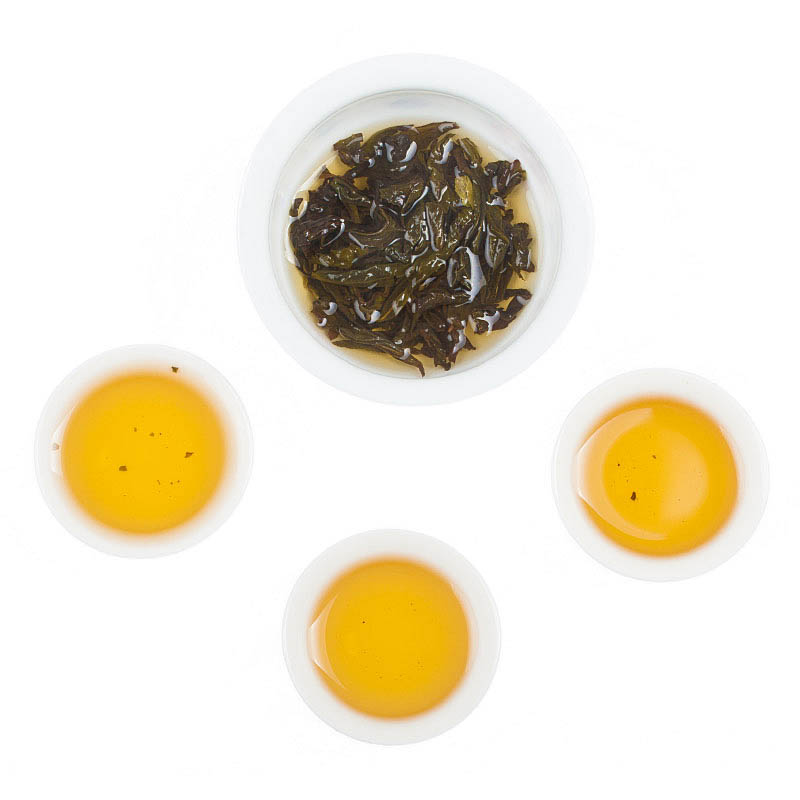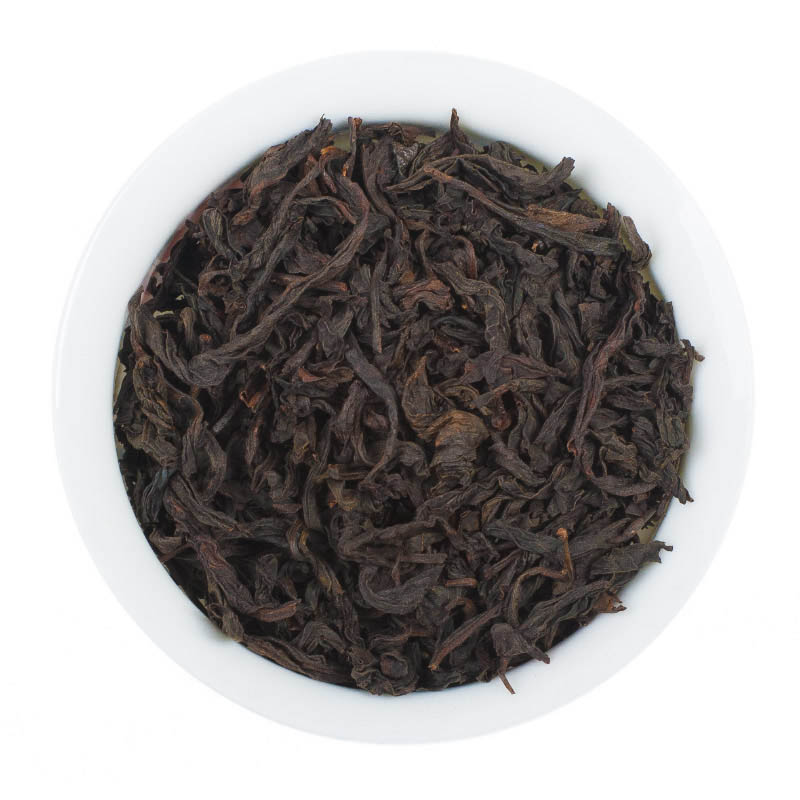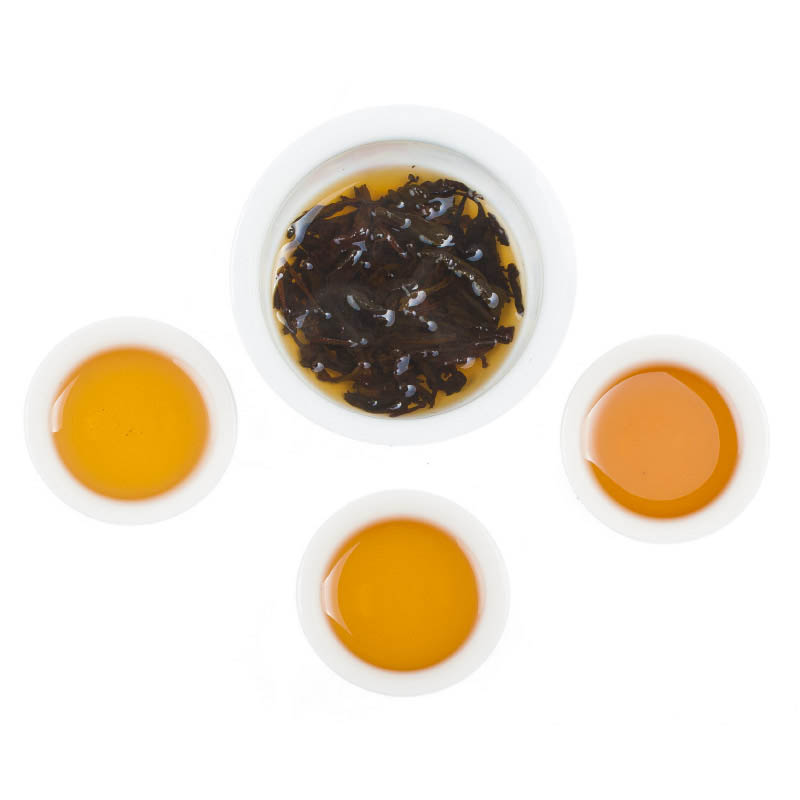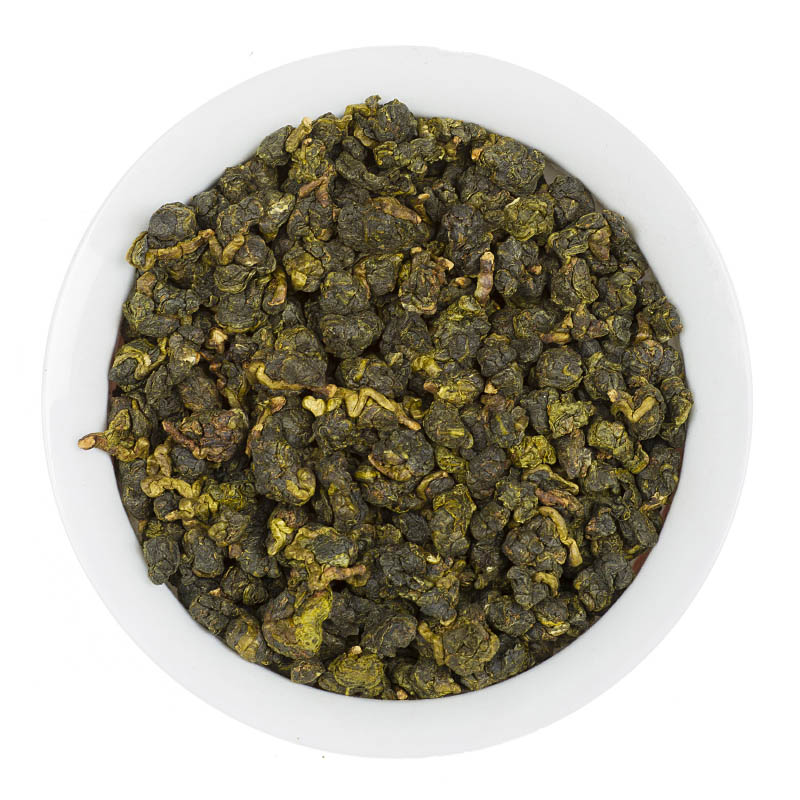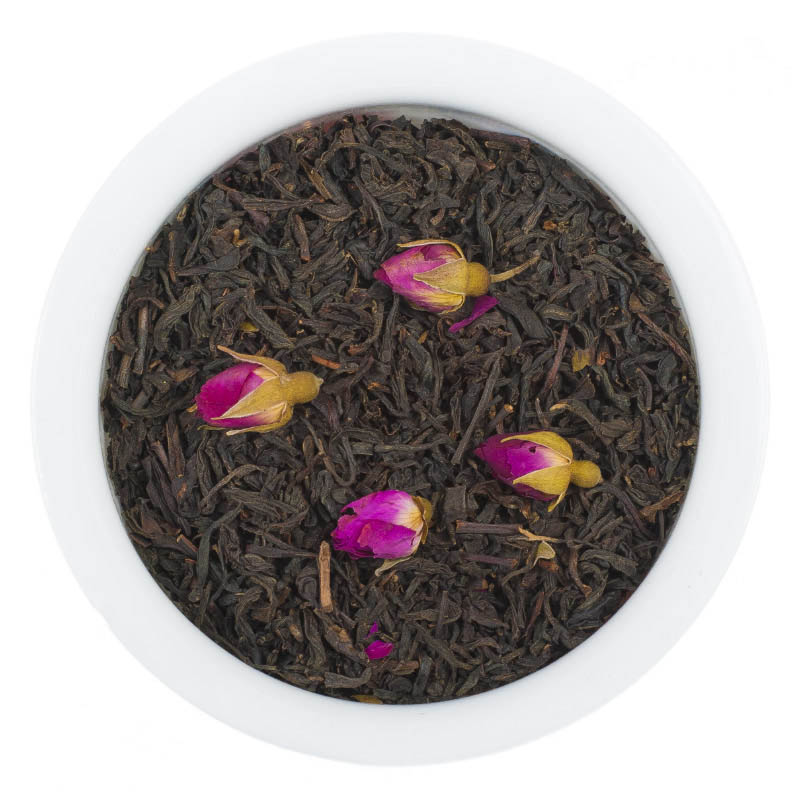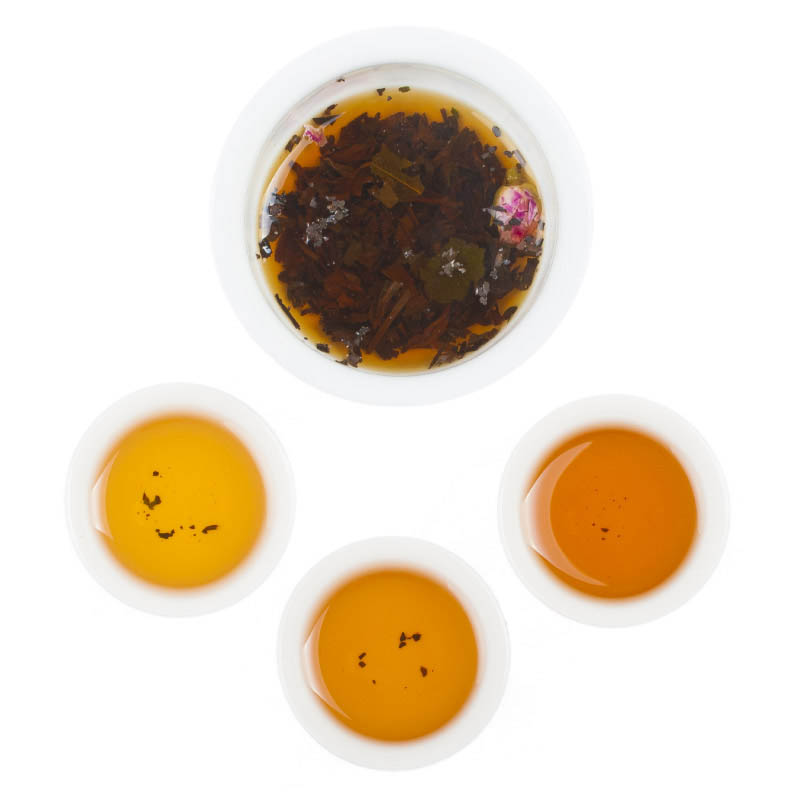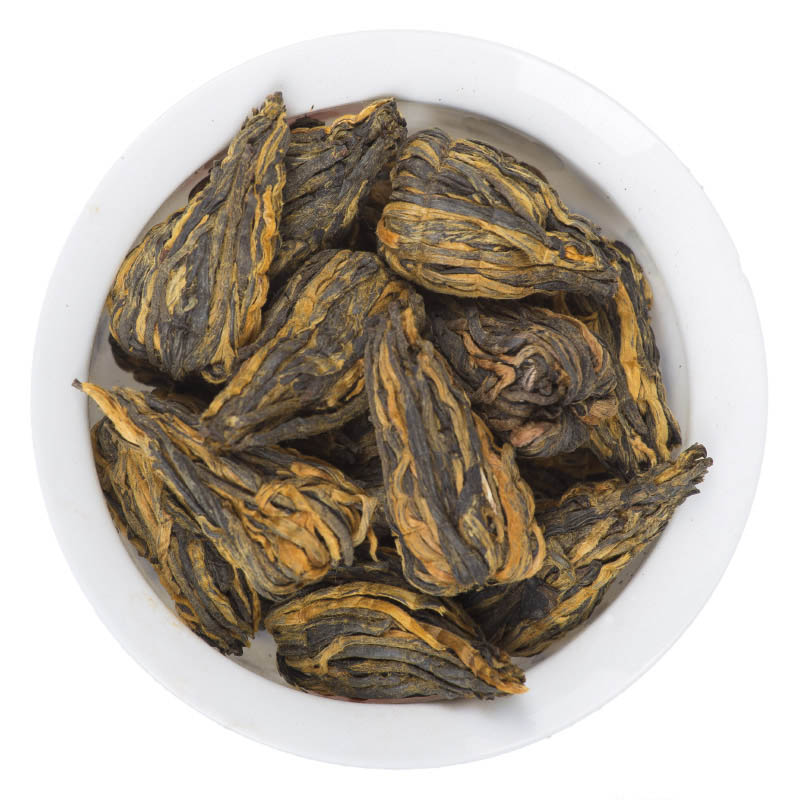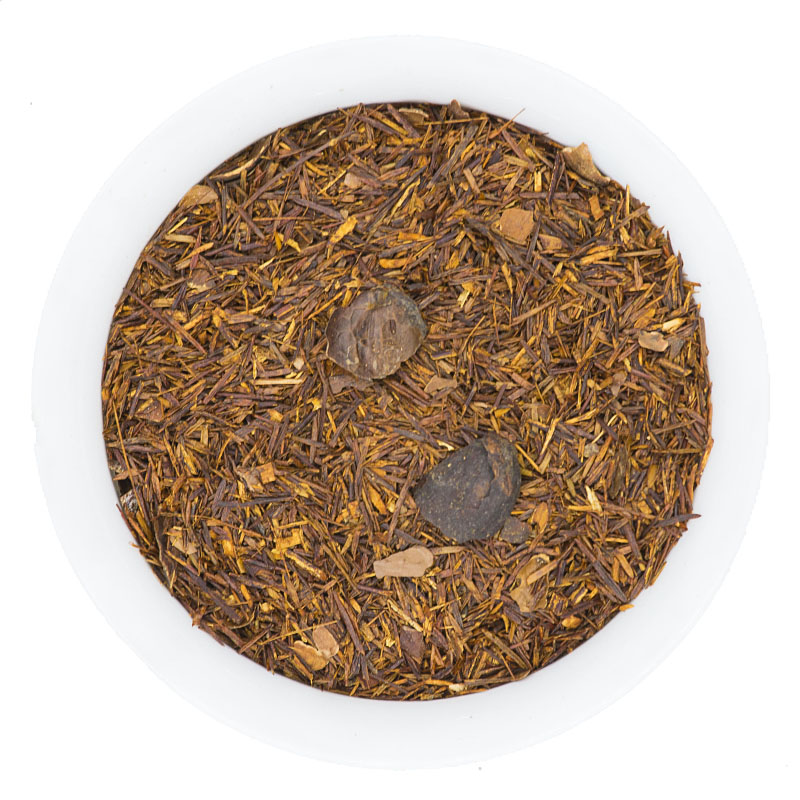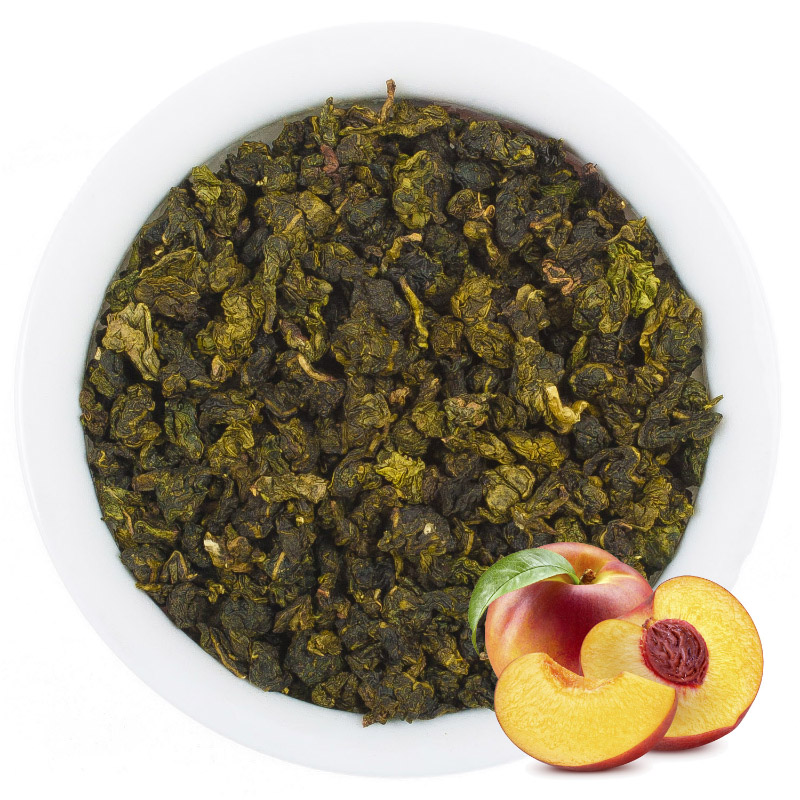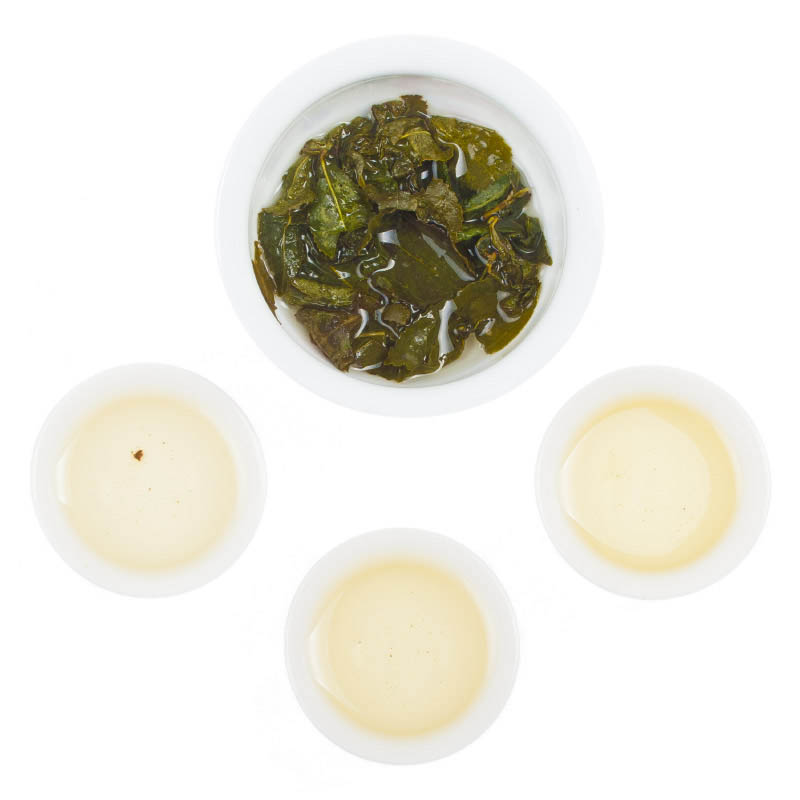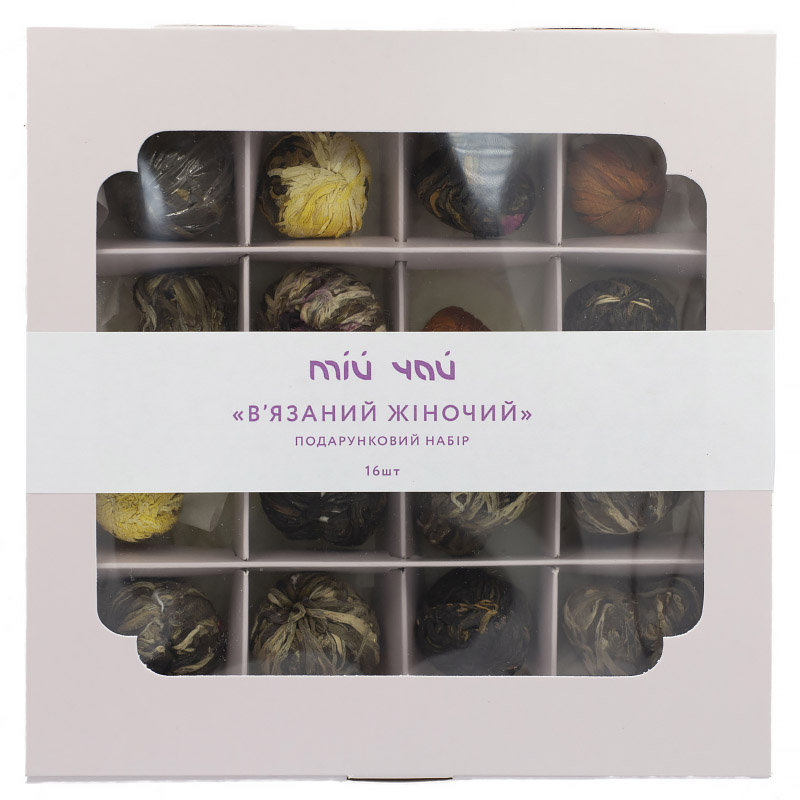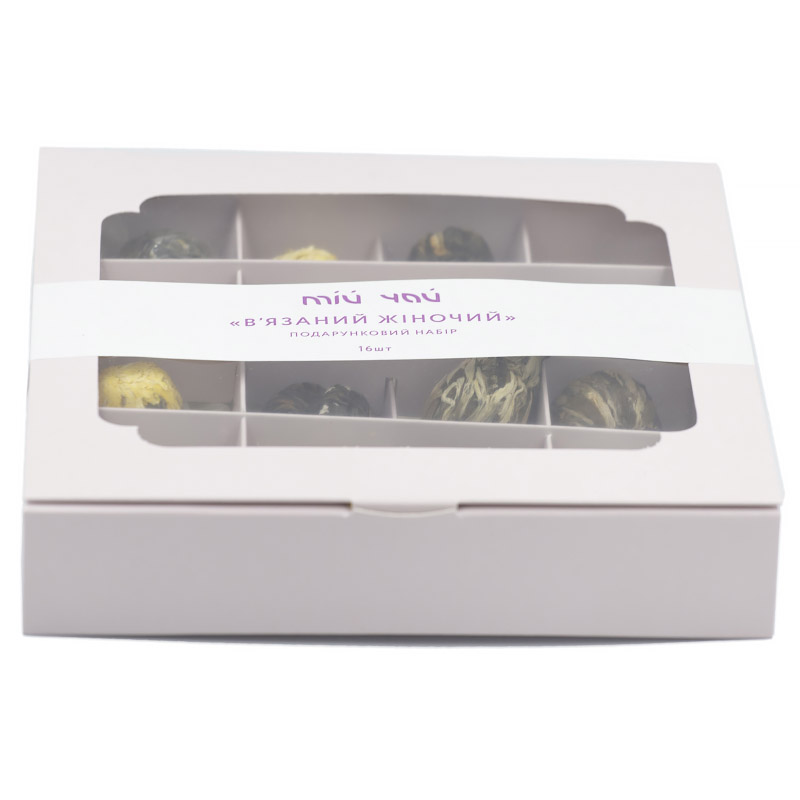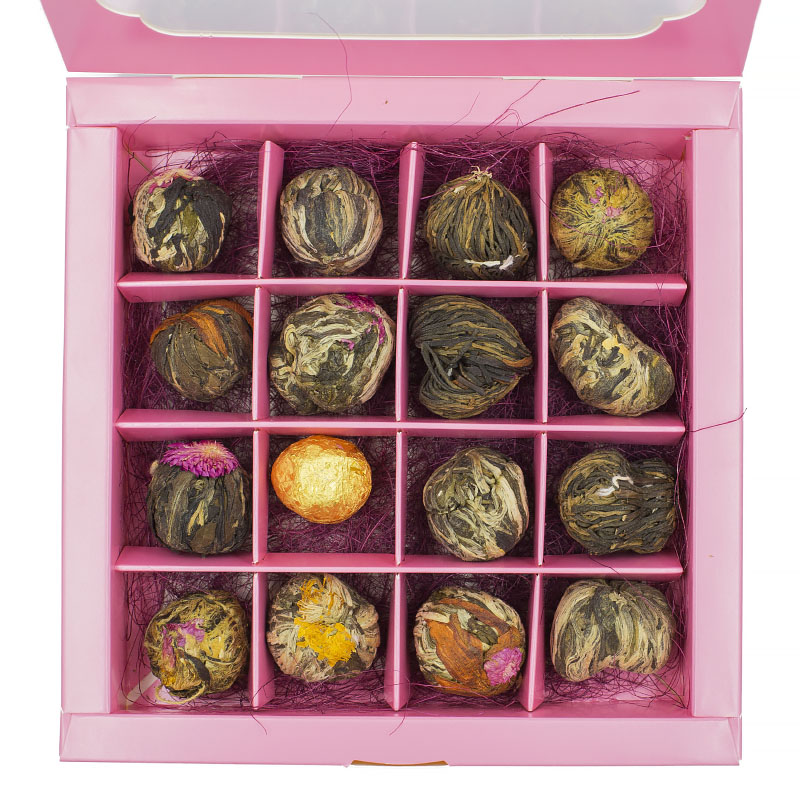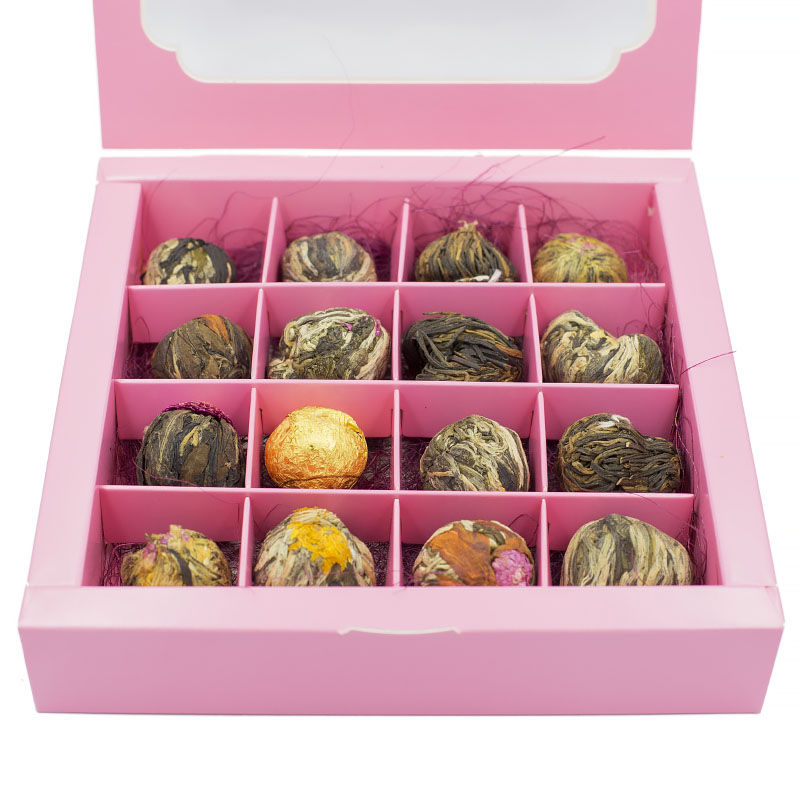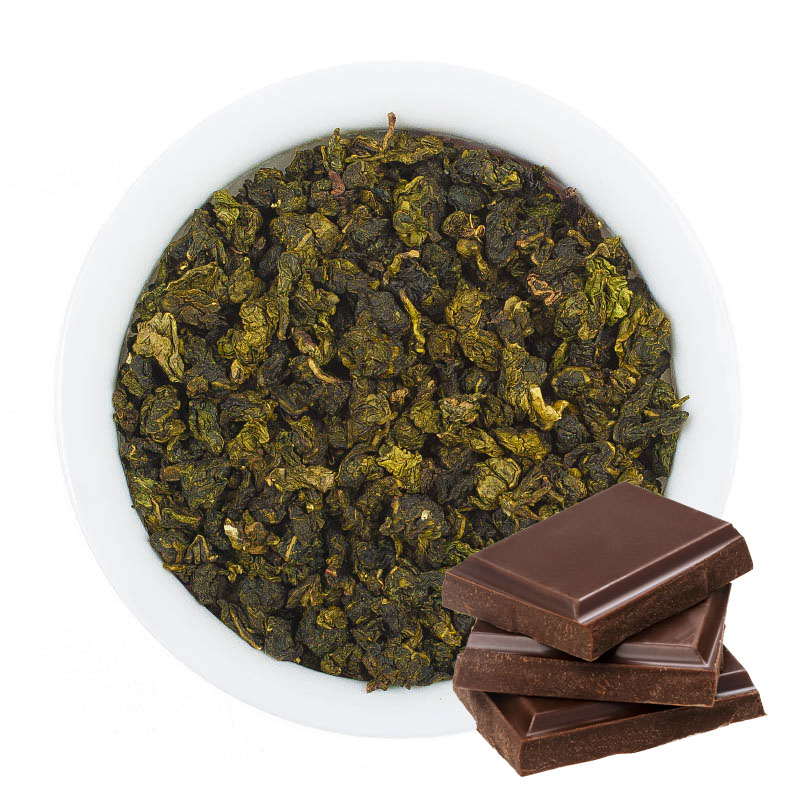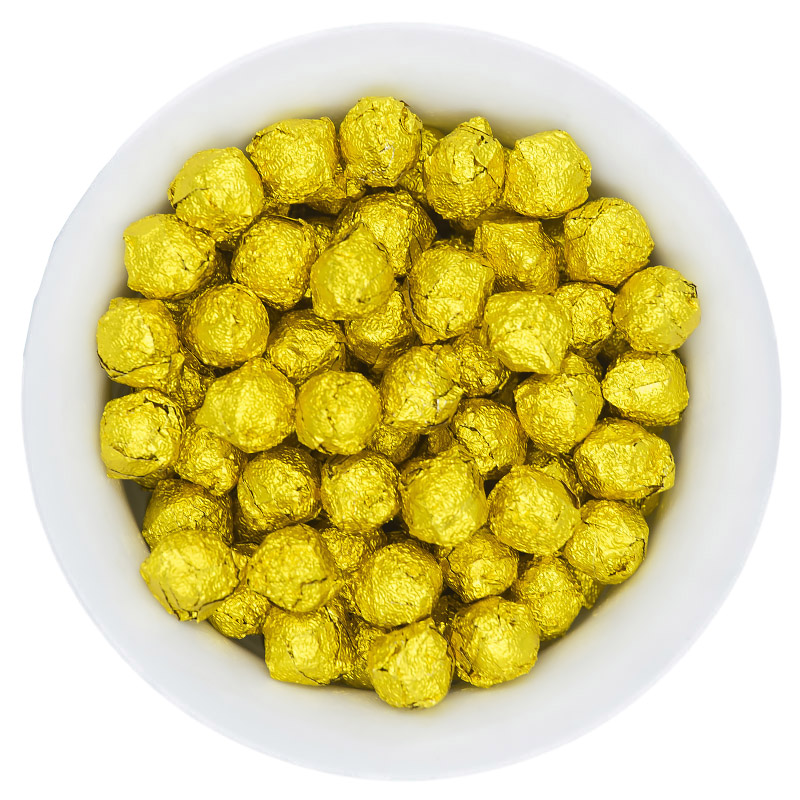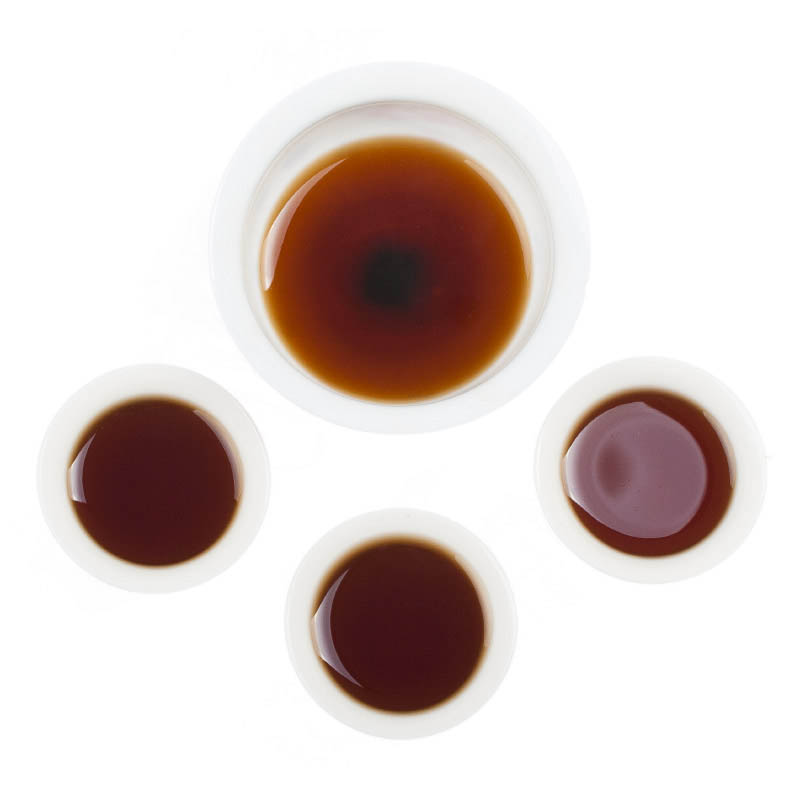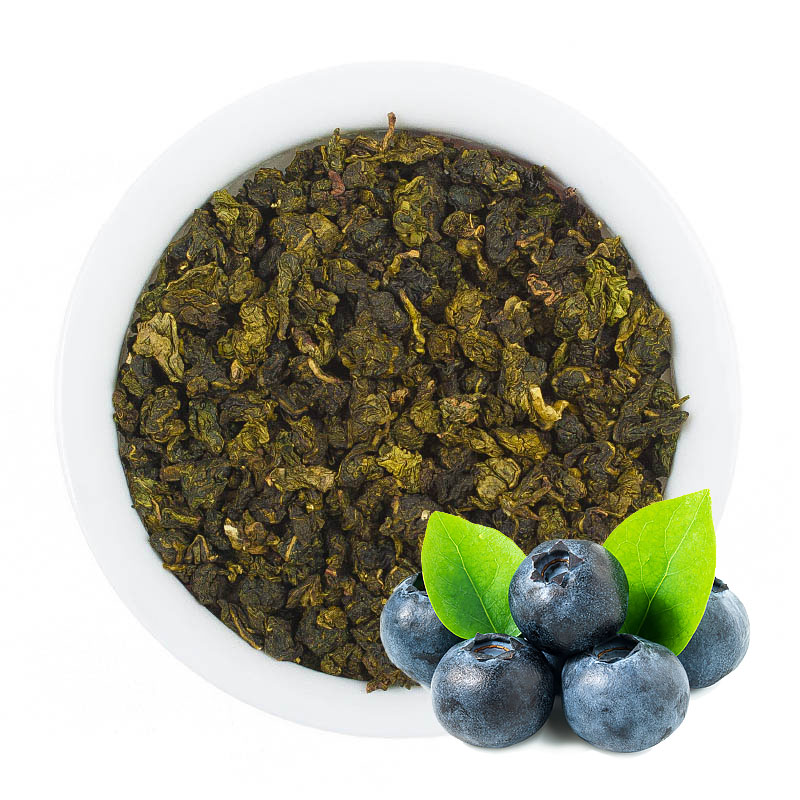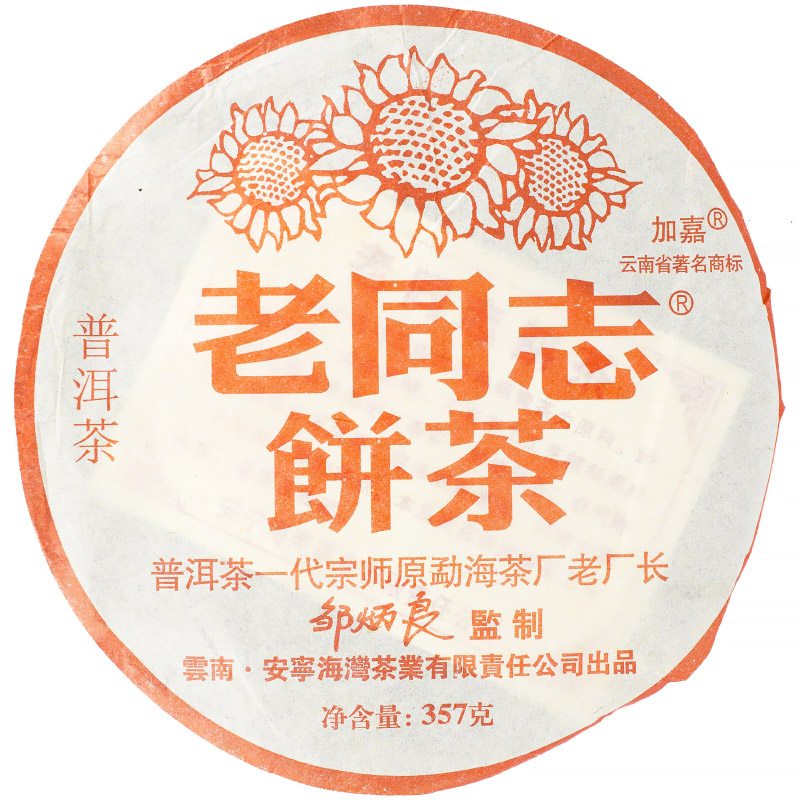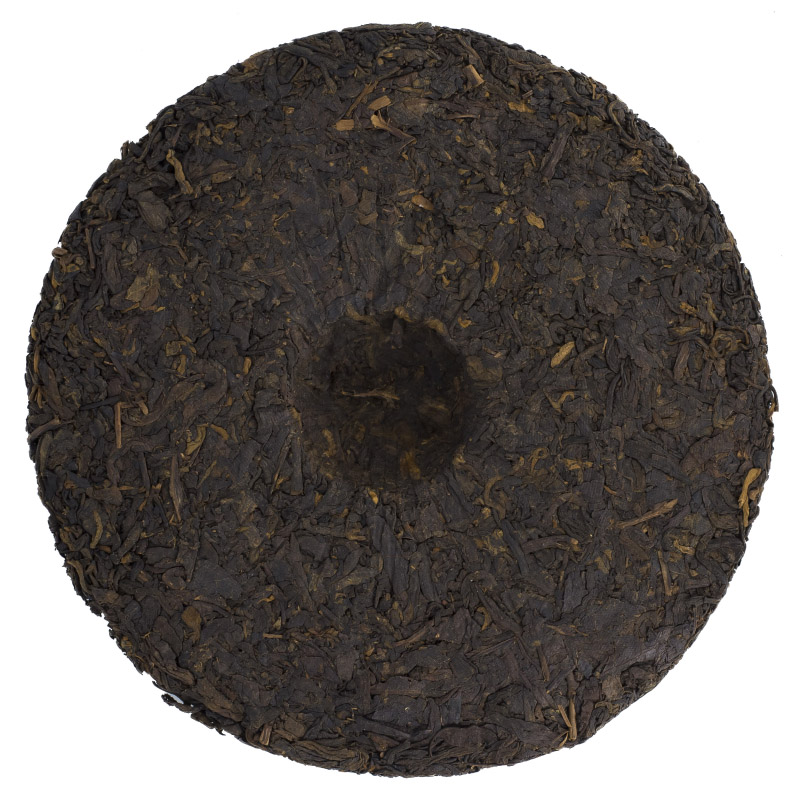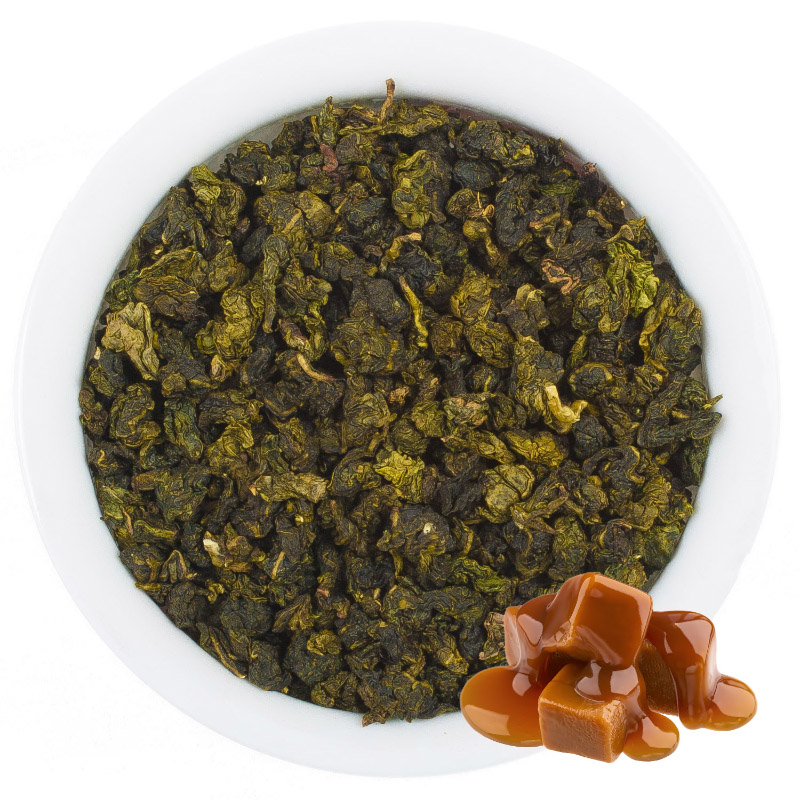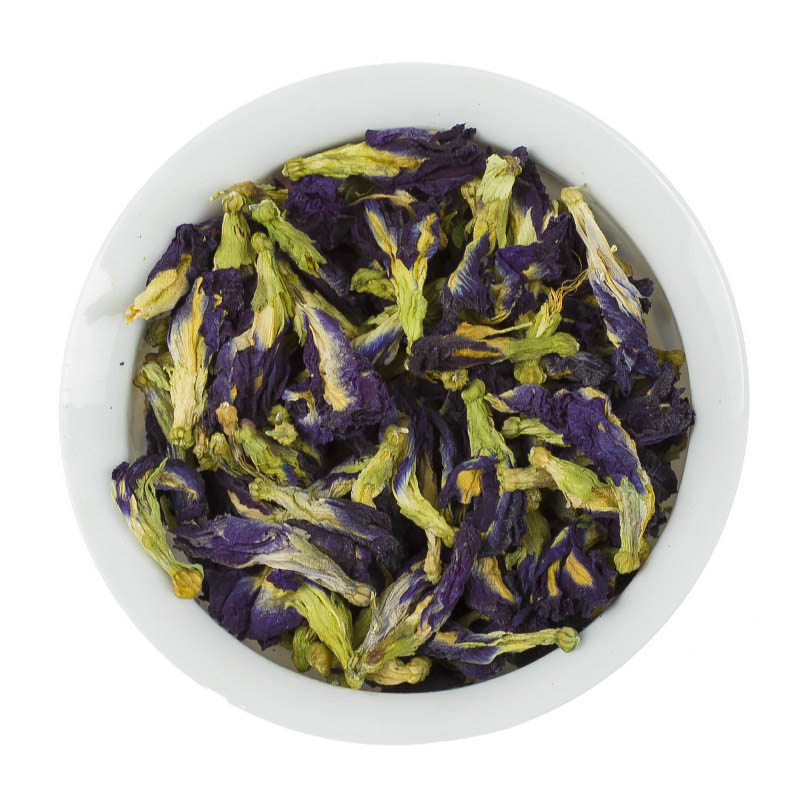Contents
- Pancake Recipes
There are many pancake recipes, but everyone chooses their own favorite, and the tastiest pancakes are made for Maslenitsa (Butter Week). This does not mean you need to bake them all week long—you can diversify your pancake kitchen with different dishes.
First, let's define the categories: what are pancakes and crepes, how they differ, and how to "start" (prepare) them. Can the batter be left in the fridge and other pancake kitchen tips.
Crepes can be made with kefir, milk, yeast, with eggs added, but the most important thing is that they should be thin and lacy. The batter for crepes is liquid, elastic, and evenly mixed without lumps.
Pancakes usually have yeast dough, about one centimeter thick, and can be made with water, milk, and eggs. The batter is thick, elastic, and evenly mixed without lumps.
Yeast batter for pancakes and crepes can be stored in the fridge; without yeast, it is not recommended, but if you do leave it, it needs to be refreshed. You can refresh it with baking soda or boiling water, stirring vigorously, adding vegetable oil—1 tablespoon per 0.5 liters of batter.
Crepe Recipes
- On water;
- On kefir;
- On milk;
Pancakes for Maslenitsa can be made daily on water; for this, you need 2 cups of water, one egg, 1 cup of flour, salt, sugar, and soda.
Preparation: beat the egg, then add 2 teaspoons of sugar, beat again, add warm water, mix until smooth. Then add 1/3 teaspoon of soda, gradually add flour, 1/3 teaspoon of salt, and 1 tablespoon of vegetable oil last.
The batter for pancakes on water is ready, but don't rush to bake; it will stick to any pan. Let it rest for half an hour so all ingredients combine. After half an hour, you can start baking—heat the pan well and grease with vegetable oil, pour the batter and spread it evenly with a rotating motion.
The kefir pancake recipe always works for everyone, even if you never tried baking pancakes. The batter is called "scalded" because it is brewed with boiling water. Here is the recipe.
Mix 0.5 liters of kefir of any fat content diluted with water to 1 liter, 4 eggs, and 4 cups of flour with a mixer until smooth. Take a 300 g glass, put 1 teaspoon of soda, pour boiling water to half the glass, and when it foams, stir with a teaspoon and immediately pour into the batter, constantly mixing with a mixer.
Now add 1 teaspoon of salt and 2 tablespoons of vegetable oil, mix—the batter makes about 25 pancakes. Let it rest for half an hour to combine ingredients.
Start baking when the pan is well heated; grease it with vegetable oil the first time. If you want thinner pancakes, you can add boiling water but keep stirring constantly with a ladle.
Milk pancakes are the most popular Maslenitsa recipe; here is the recipe:
- Warm milk — 3 cups;
- Eggs — 3 chicken eggs;
- Flour — 1.5 (350 g) cups;
- Sugar — 2 tablespoons;
- Salt — half a teaspoon;
- Vegetable oil — 2 tablespoons.
First, beat the eggs with a whisk or mixer, then add sugar and salt, continue beating, add 1.5 cups of warm milk, gradually add sifted flour. When the batter is evenly mixed, add the remaining milk and vegetable oil.
Remember—the main rule for any batter is that it should rest so the ingredients combine. Leave the batter at room temperature for half an hour; then you can bake. Stir the batter periodically so it doesn't settle at the bottom.
Fillings for Maslenitsa pancakes can be any, just make sure they are ready to eat. The most popular are meat filling and cottage cheese, also mushrooms, onions with boiled eggs, potatoes, or buckwheat.
To fill pancakes with meat, fry minced meat or chicken with onions and tomato, cool slightly, and put about 1 teaspoon of filling per pancake. For cheese filling, add 1 egg and sugar to 250 g of cheese, salt to taste. For variety, cook rice, mix it with boiled egg and onion.
Yeast pancakes are also popular, though they take longer to prepare than milk or kefir pancakes. You don't have to bake them all at once—you can keep them in the fridge for a day or two.
The simplest yeast recipe: 3 cups (600 g) of flour, 2 cups of water, 1 teaspoon yeast, 1 teaspoon salt, 1 tablespoon sugar, 2 tablespoons vegetable oil—mix everything and leave to rise for 1-1.5 hours in a warm place.
If you add eggs and melted butter, and replace water with milk, the batter will rise longer. Thickness depends on batter consistency. Thin crepes require a thinner batter.
Unusual Maslenitsa pancake recipes ("grandma's") come in handy the next day when you've had enough pancakes with fillings, honey, and jam. You have leftover pancakes in the fridge and wonder what to do with them.
"Stewed" crepes with milk and butter on a pan or in the oven make a great breakfast. For 12 crepes, heat 0.5 liters of milk with 50-70 g butter in a small pot. Fold crepes into triangles, dip each in the hot mixture, and place in a pan.
Pour the remaining milk with butter into the pan, cover, and simmer on low heat for 10 minutes. If using the oven, no need to cover, simmer about half an hour. This dish is made from unleavened crepes, traditionally prepared in Russian ovens and served in cauldrons.
